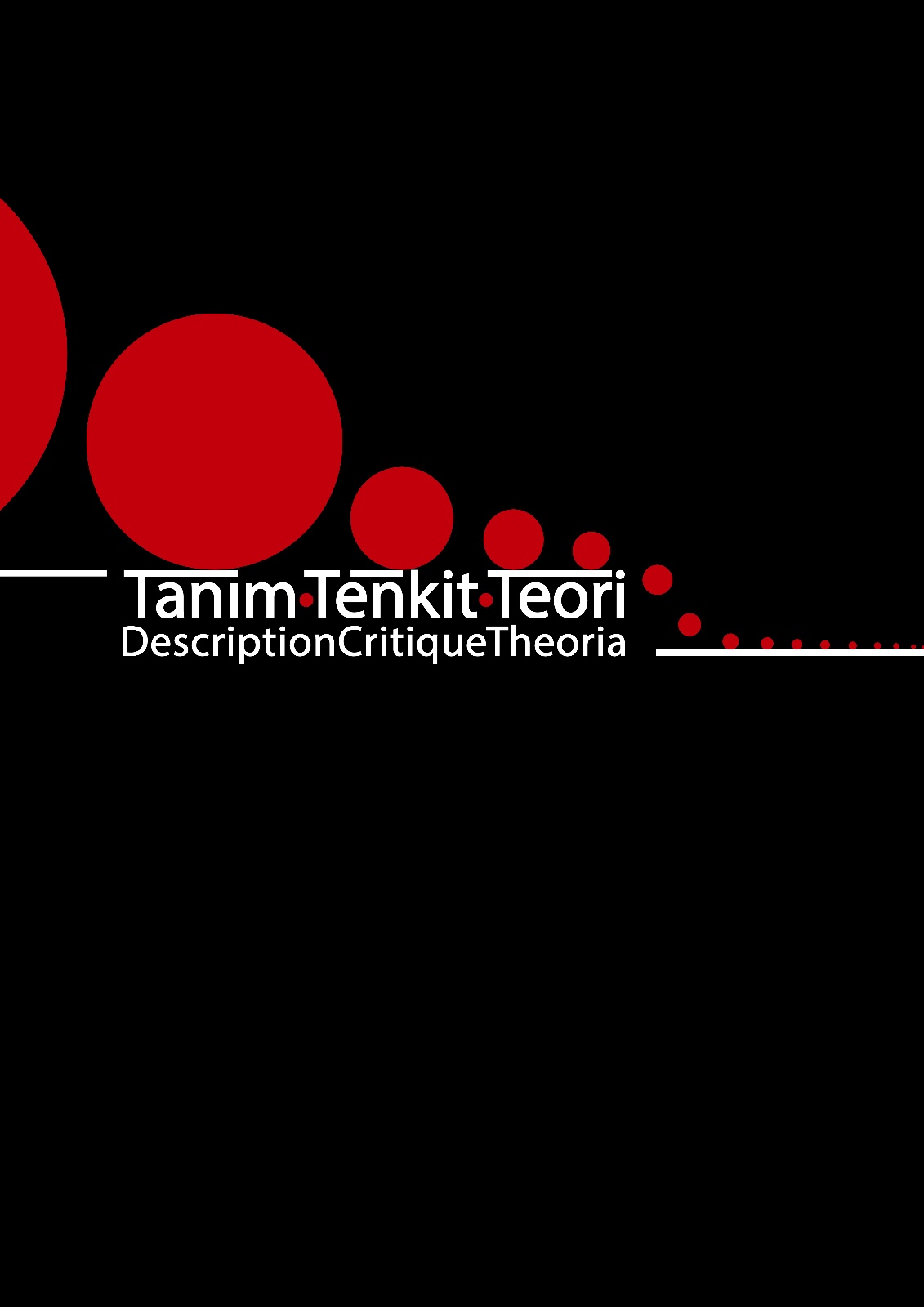The Using ChatGPT İn Teaching Tafsir Concepts
DOI:
https://doi.org/10.5281/zenodo.13863773Keywords:
Tefsir, Tefsir kavramları, Kavram öğretimi, Yapay zekâ, ChatGPTAbstract
The development of artificial intelligence software has had a significant impact on numerous fields in the present era. Artificial intelligence is increasingly being employed in a multitude of areas, including virtual assistants, chatbots, smart home systems, and innovative educational models. Indeed, machine learning technologies continuously enhance human-machine interaction, bringing innovations. These AI advancements contribute to many areas of human life, with education being at the forefront. AI bots are used in the management of education, assisting students and educators in analyzing and presenting information. Additionally, they contribute to learning and teaching processes by fulfilling an instructional role. One such AI bot is ChatGPT, an artificial intelligence chat robot equipped with the ChatGPT-3.5 model released by OpenAI in November 2022. This model is supported by a large amount of data and can respond quickly and intelligently to any topic the user desires. From a social science perspective, the advent of ChatGPT has prompted a range of reflections at both the micro and macro levels, with implications for individuals and society. As a sophisticated system capable of producing human-like conversations, it plays a supportive role in all aspects of life. The GPT-3.5 language model, trained and developed over blions of words, offers users the ability to compile information, translate, correct grammar, and answer questions on a wide range of topics. Therefore, ChatGPT has a significant impact in the field of education. It demonstrates outstanding achievements in various stages of knowledge acquisition, especially in saving time during the educational process. Hence, the bot provides technical support to learners in many aspects. Nevertheless, the veracity and suitability of the data provided by ChatGPT may require further validation. Similarly, the potential privacy and security risks associated with AI models produced by their manufacturers also warrant consideration. Despite these concerns, ChatGPT has amassed millions of followers and has become an indispensable tool in all aspects of human life. As a result of the bot's success and pervasive use, some have postulated that it might eventually supersede humans in certain roles.
ChatGPT possesses a vast knowledge base and is capable of providing information on a wide range of topics, including exegesis. As is well-known, various terms that have emerged in different periods and acquired terminological identities constitute the basis of the science of exegesis. These terms are crucial for understanding the Quran correctly because they directly relate to the structure, content, recitation, revelation, and history of the Quran. Consequently, a precise and comprehensive understanding of these terms which represent the fundamental elements of the science of exegesis is essential for an accurate interpretation of the Quran. The accuracy of the data provided by AI bots on exegesis terms is of the utmost importance for the comprehension and interpretation of the Quran.
This study focuses on its possible contributions to learners in the process of teaching tafsir concepts using ChatGPT-3.5. In this study, some concepts from Muhsin Demirci's Glossary of Exegesis Terms which is one of the fundamental sources used in the teaching of exegesis concepts in many faculties of theology have been selected. The selected concepts were directly asked to ChatGPT, and the responses received were included in the study without any intervention. The data obtained were evaluated using a text analysis method. The objective of this study is to assess the efficacy and reliability of ChatGPT in teaching exegesis concepts. In this context, the benefits of individuals involved in the education process in teaching ChatGPT to exegetical concepts and when they are introduced to the process are seen. However, some incorrect information may be given, caution should be exercised when using ChatGPT, and the information obtained should be referred to relevant experts.
References
Aktay, S. (2022). The usability of Images Generated by Artificial Intelligence (AI) in Education. International Technology and Education Journal, 6(2), Article 2.
Çelik, A. Y., & K.çoban, Ö. (t.y.). Kimya Sorularının Cevaplanmasında Yapay Zekâ Tabanlı Sohbet Robotlarının Performansının İncelenmesi. Türk Eğitim Bilimleri Dergisi, 21(3), Article 3. https://doi.org/10.37217/tebd.1361401
Demirci, M. (2018). Tefsir Terimleri Sözlüğü. MÜİFV Yayınları.
Demirel, Ö., Erdem, E., & Başbay, A. (2006). Eğitimde Çoklu Zeka Kuram ve Uygulama. Pegem Akademi Yayıncılık.
Ertürk, F. E., & Yayan, G. (2012). Bilim ve Sanatı Birleştiren İki Usta. Batman Üniversitesi Yaşam Bilimleri Dergisi, 1(1), 453-464.
Fırat, M. (2023). Integrating AI Applications into Learning Management Systems to Enhance e-Learning. Instructional Technology and Lifelong Learning, 4(1), Article 1. https://doi.org/10.52911/itall.1244453
Henkoğlu, T. (2023, Kasım 13). Akıllı Makineler İnsanın Yerine Geçer Mi? lacivert, 105. https://www.lacivertdergi.com/dosya/2023/11/13/akilli-makineler-insanin-yerine-gecer-mi
Keskin, E. K. (2023). Yapay Zekâ Sohbet Robotu ChatGPT ve Türkiye İnternet Gündeminde Oluşturduğu Temalar. Yeni Medya Elektronik Dergisi, 7(2), 114-131. https://doi.org/10.17932/IAU.EJNM.25480200.2023/ejnm_v7i2003
Kuşçu, E. (2015). Çeviride Yapay Zekâ Uygulamaları. Atatürk Üniversitesi Kazım Karabekir Eğitim Fakültesi Dergisi, 30, 45-58.
Pirim, H. (2006). Yapay Zeka. Yaşar Üniversitesi E-Dergisi, 1(1), 81-93. https://doi.org/10.19168/jyu.72783
Şenyaman, G. (2023). Arapça Yabancı Dil Öğretiminde Yapay Zekânın Geleceği: ChatGPT Örneği. RumeliDE Dil ve Edebiyat Araştırmaları Dergisi, 33, Article 33. https://doi.org/10.29000/rumelide.1285940
Thorp, H. H. (2023). ChatGPT is fun, but not an author. Science, 6630. https://doi.org/. https://doi.org/10.1126/science.adg7879
Yağcı, Ş. Ç., & Yıldız, T. A. (2023). ChatGPT, yabancı dil öğrencisinin güvenilir yapay zekâ sohbet arkadaşı mıdır? Rumelide Dil ve Edebiyat Araştırmaları Dergisi, 37. https://doi.org/10.29000/rumelide.1407539.
Yılmaz, S. (2023). Arapça – Türkçe Çeviri Türlerinde Nöral Makine Çeviri Modellerinin Verimliliği: ChatGPT Örneği. Şarkiyat Mecmuası, 43, 339-355. https://doi.org/10.26650/jos.1324416
Elektronik Kaynaklar
URL-1 : https://chat.openai.com/c/6219d00a-0abc-40c0-bcc0-4a8c63f01a27 (26.06.2023)
URL-2 : https://chat.openai.com/c/81386dc0-7804-4abb-a332-784dcca1498e (30.06.2023)
URL-3 : https://chat.openai.com/c/81386dc0-7804-4abb-a332-784dcca1498e (02.07.2023)
URL-4 : https://chat.openai.com/c/81386dc0-7804-4abb-a332-784dcca1498e (02.07.2023)
URL-5 : https://chat.openai.com/c/81386dc0-7804-4abb-a332-784dcca1498e (05.07.2023)
URL-6 : https://chat.openai.com/c/6219d00a-0abc-40c0-bcc0-4a8c63f01a27 (05.07.2023)
URL-7 : https://chat.openai.com/c/81386dc0-7804-4abb-a332-784dcca1498e (10.07.2023)
URL-8 : https://chat.openai.com/c/81386dc0-7804-4abb-a332-784dcca1498e (15.07.2023)
URL-9 : https://chat.openai.com/c/81386dc0-7804-4abb-a332-784dcca1498e (20.07.2023)
URL-10: https://chat.openai.com/c/6219d00a-0abc-40c0-bcc0-4a8c63f01a27 (21.07.2023)
URL-11 : https://chat.openai.com/c/5c37467c-b355-4725-8c3f-dd69656ec904 (25.07.2023)
URL-12 : https://chat.openai.com/c/6219d00a-0abc-40c0-bcc0-4a8c63f01a27 (28.07.2023)
URL-13 : https://chat.openai.com/c/6219d00a-0abc-40c0-bcc0-4a8c63f01a27 (05.08.2023)
URL-14 : https://chat.openai.com/c/6219d00a-0abc-40c0-bcc0-4a8c63f01a27 (10.08.2023)
URL-15 : https://chat.openai.com/c/6219d00a-0abc-40c0-bcc0-4a8c63f01a27 (10.08.2023)
URL-16 : https://chat.openai.com/c/6219d00a-0abc-40c0-bcc0-4a8c63f01a27 (10.08.2023)
Downloads
Published
How to Cite
Issue
Section
License
Copyright (c) 2024 Tanım Tenkit Teori

This work is licensed under a Creative Commons Attribution-NonCommercial 4.0 International License.


